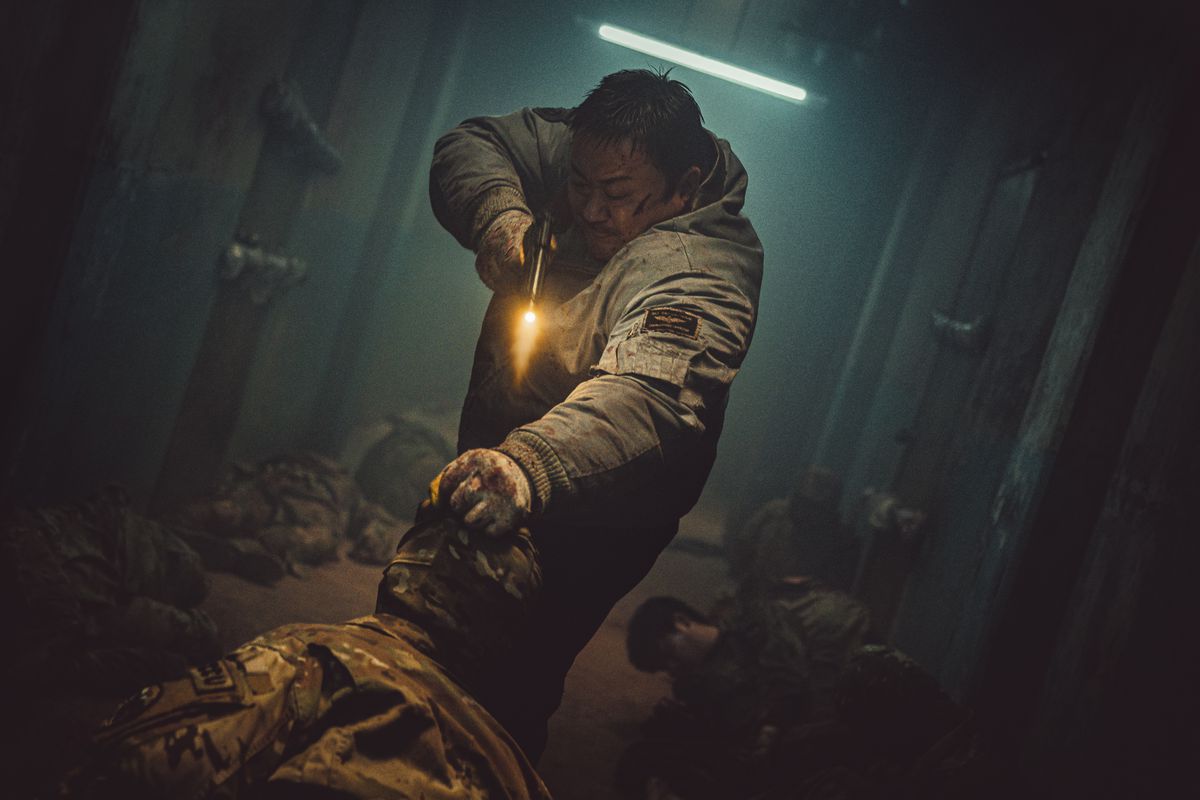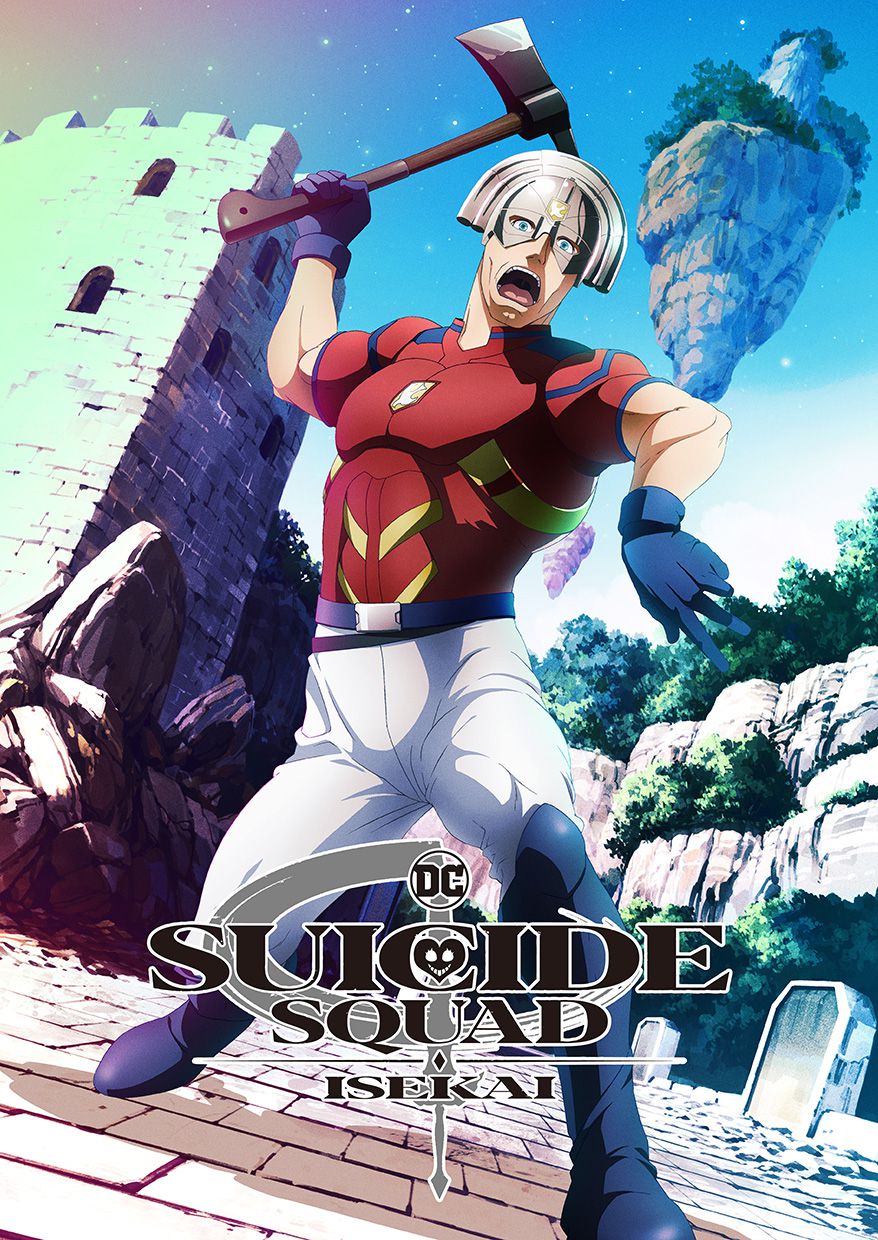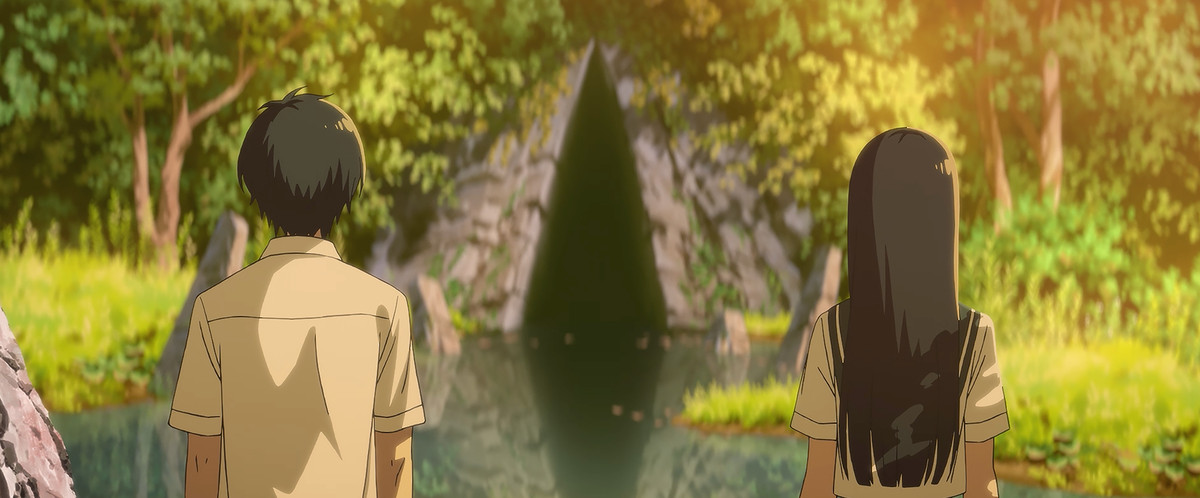Nearly four and a half years after it began, One Piece’s Wano Country Arc has finished. The story is moving on to a new island, and One Piece itself is in a whole new world. In those four years, I personally have gone from One Piece curious to One Piece die-hard to professional One Piece pundit. And yet, when the new promotional image for the upcoming Egghead Arc graces my screen in January, it will be the first time ever that I will not be greeted by Monkey D. Luffy grinning in a well-worn kimono.
But it’s not just me or the promotional art that will have changed in the intervening years between Wano’s beginning and ending — it’s not even just the world, since Wano was there to cushion the entirety of the COVID experience. The One Piece anime itself, One Piece’s story, and its audience have all gone through major shifts. And the anime’s take on the Wano arc, ending about one year after the manga’s, was the throughline beneath it all.
The biggest shift within the anime production was clear within the first frames of the arc itself. Since time immemorial (so about the early 2000s), many manga fans have claimed low production quality was a primary reason they couldn’t stand the anime. This isn’t to say there were no incredible sequences, but few would dispute that for most of the 2000s and 2010s, One Piece’s animation largely lagged behind its peers. After all, it’s a year-round, weekly show. Still, “when does One Piece animation get good” is an auto-filled question on Google. But the answer is: the opening moments of Wano.
In a single moment, One Piece suddenly feels like a different show. Wano explodes onto your screen in a torrent of cherry blossom petals. The color palette is suddenly expanded, and the animation itself suddenly feels more detail-oriented. A fluidity and vibrancy bursts onto your screen that One Piece never had before that very moment. Incidentally, it’s also accompanied by one of the most infectious musical cues in the series’ history — which really says something.
The team at Toei Animation makes some truly inspired decisions when embellishing the manga, too. Wano is clearly meant as a love letter to Japan, with the island of Wano itself essentially depicting the Edo period. The manga plays with fashion, mythology, history, and entertainment archetypes, but the anime steps up to the plate to add an additional layer of music and theater. The anime uses the framework of a kabuki play to superimpose a three-act structure across the entire arc, bringing out kabuki’s famous multicolored curtain to signal the beginning and ending of each act. In the arc’s final episode, the show retells the biggest fight through a bunraku performance, wherein a singer/narrator is accompanied by shamisen.
Once we get to the action-heavy second half of Wano — the Raid on Onigashima — One Piece’s animation went up another huge step: Now, the series was allowing animators to create highly stylized sequences that clearly contained an individualistic watermark. The resulting experimentation yielded some of the most visually stunning action sequences of the past several years.
The hallmarks kept coming. Episode 1,015, which adapts the manga’s 1,000th chapter, is itself the best episode of the series, and arguably one of the greatest episodes of anime ever made. Very few series have to demonstrate, over the course of a single episode, how much the main character has grown and how much closer he is to achieving his dream. Episode director Megumi Ishitani not only executes this Herculean feat effectively, but she gracefully pads out the events of the chapter with gorgeous, emotional scenes that arguably demonstrate that growth more effectively than even the manga.
It’s no surprise that more and more previously manga-only fans say they’re tuning into the anime, at least for key episodes. The series also won Best Continuing Series at the 2023 Crunchyroll Anime Awards, a well-deserved acknowledgement of its increasingly adventurous animation.
But the crown jewel of Wano is Luffy Gear 5 — the moment his Devil Fruit powers awaken. The new transformation essentially turns Luffy into a Looney Tune, creating a spell-binding pastiche of modern anime with 1940s Golden Age American animation tropes, complete with period-appropriate sound effects. Nothing else like the Gear 5 sequences exists in media — in the specific ways it references other styles, it feels totally new.
Which is good, since Gear 5 is vital to the story. Gear 5 is the power-up that all the 1,000-plus episodes of deliberate growth were leading up to. Luffy is now powerful enough to become an emperor of the sea. The fact that Gear 5 is completely ridiculous and decidedly un-macho is very much the point; instead of One Piece’s biggest climax in its 25-year history being a straight-up show of shonen-typical strength, it’s a celebration of humor and imagination. With this ridiculous power-up in hand, Luffy is now an Emperor of the Sea.
That major shift of Luffy’s status, which makes him one of the four most powerful pirates in the world, propels One Piece into the Egghead Arc, which is the first installation in its final saga. Now that Luffy’s an emperor, the only height left for him to attain is to find the One Piece and become King of the Pirates — unless someone else nabs it first. The second Wano ends, everyone — even Shanks — begins making serious moves toward the titular treasure. Luffy also has a dream beyond becoming Pirate King, but anime watchers will find out about that soon.
If you zoom out to the larger trends at play during Wano’s four-year tenure, it’s quite poetic that this evolution of the lead character occurred in the same four years during which One Piece achieved new heights of international popularity. If you take social media at its word, a lot of people used COVID quarantine as an opportunity to catch up on One Piece (guilty). 2022’s One Piece Film: Red elbowed past several Miyazaki films to become the sixth-highest-grossing film of all time at the Japanese box office. Mangaka Eiichiro Oda saw Netflix’s live-action adaptation as his last opportunity to make One Piece catch on in the West — and it broke records, was renewed after a mere two weeks, and inspired even more newcomers to try the anime or manga. For 25 years, Luffy has famously called out, “I’m going to be King of the Pirates!” But Wano is the arc where Luffy truly becomes Pirate King heir apparent, both within the world and beyond it.
The end result of the real-life One Piece passion is best exemplified by the fact that Luffy had a float in the Macy’s Thanksgiving Day Parade this year. Wano accompanied it all, bringing the anime itself into the highest echelons of modern anime. One Piece will soon journey from Edo Japan into the very different realms of science fiction. Even One Piece must change, but Wano certainly changed the anime for the better.








